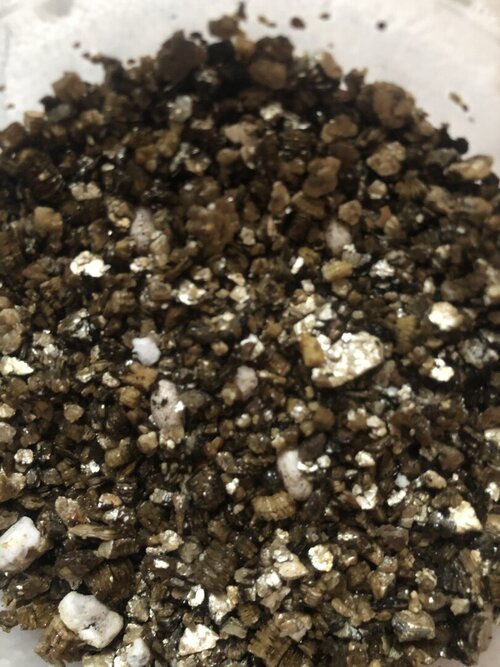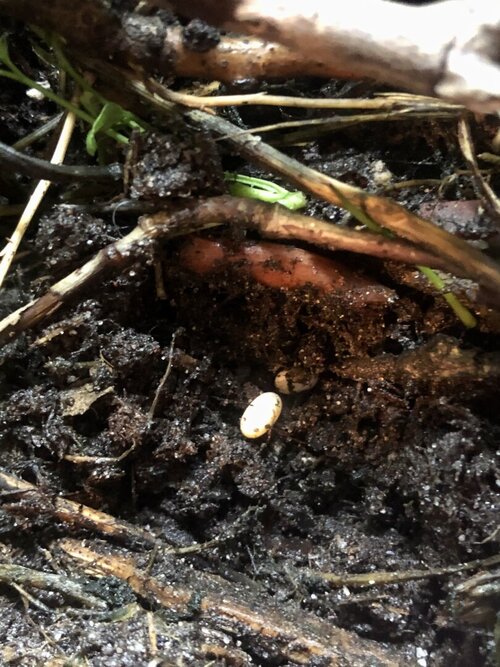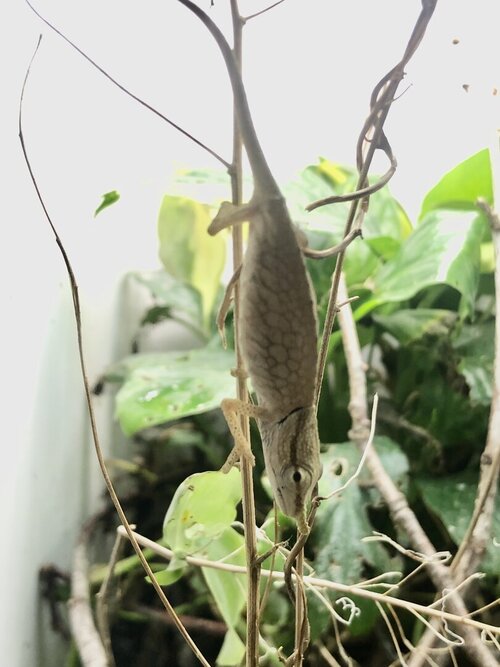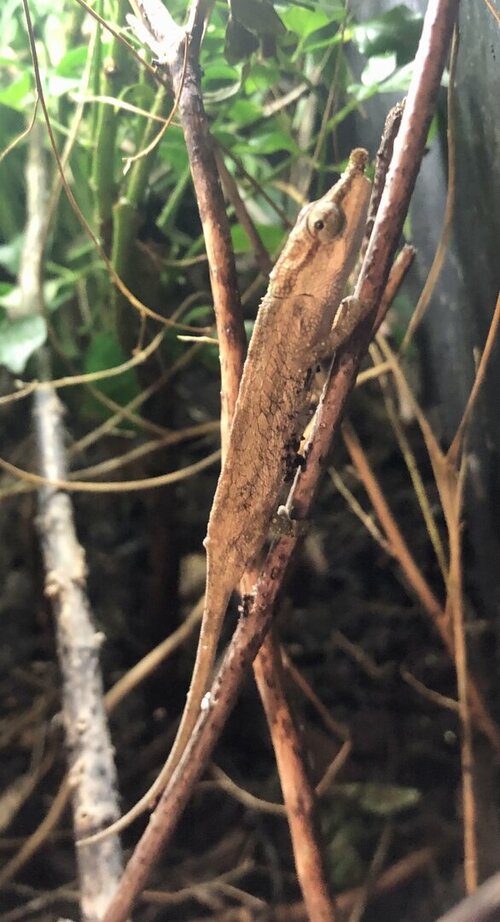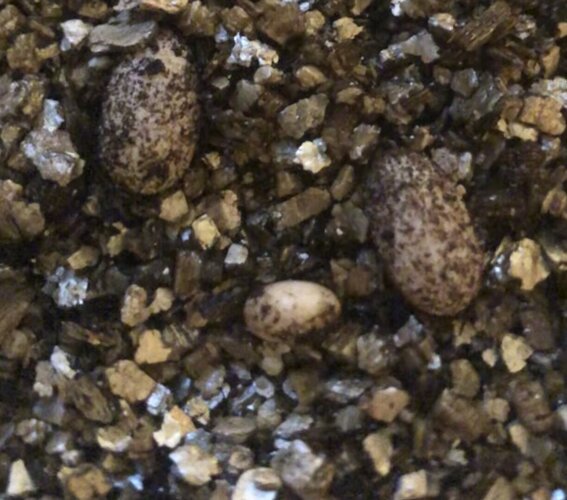javadi
Chameleon Enthusiast
Thought I’d share some tiny calumma eggs. First is the third clutch from a lovely calumma linotum, of four eggs. Second is a clutch of two eggs from the very rare and charming calumma roaloko, the smallest true chameleon. These tiny species lay their eggs very shallow, right under the ground at maybe 1/2”.






